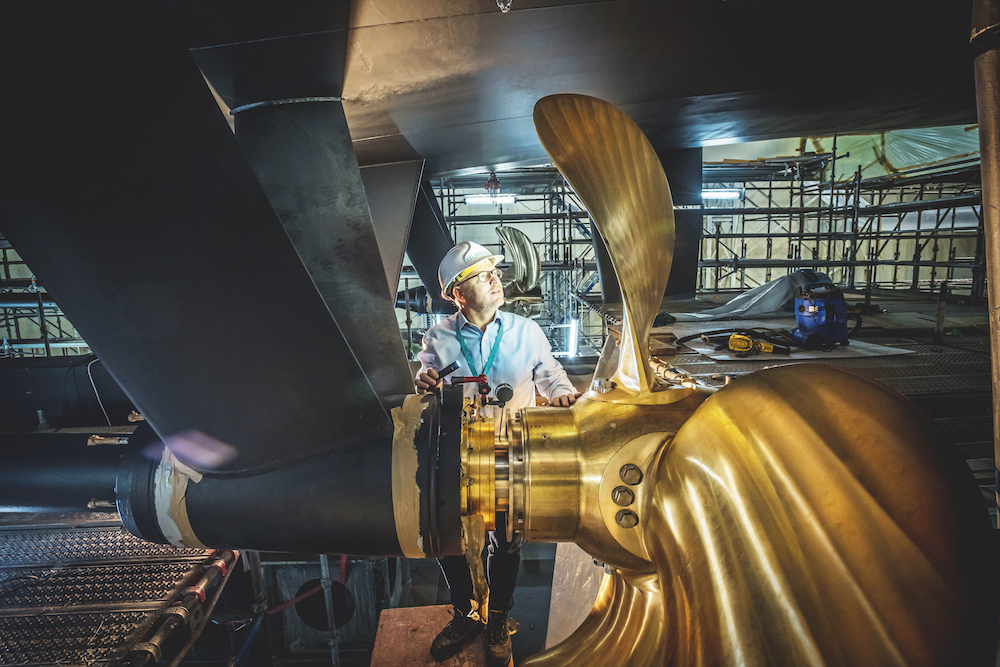Burgess reports strong new-build performance
New business remains strong, with demand characterised by sustainability and experiences rather than size alone…
Coming off the back of a year that proved to be surprisingly successful for the new build market, SuperyachtNews speaks with Burgess’ new-build team to discuss why the business was so strong in 2020 and what the industry should expect in the years to come.
“The new-build market in 2020 faced its challenges with COVID. However, somewhat surprisingly, we saw an increased level of work; there has been no let-up at all. Of course, we have had to change the way we work, but in many ways, we have found more efficient ways to work with the shipyards and clients,” starts Sean Bianchi, partner and head of Burgess’ new construction team. “Online platforms have freed up a lot more time. I was on a call recently with a client and four shipyards in a new-build pitch and we reached the same result in half a day that would otherwise have taken us a week in years gone by. Every stakeholder has a willingness to make the new environment work, because if they don’t then the business simply won't be generated.”
To suggest that 2020 was positive throughout, however, would be to misrepresent the ebbs and flows of an unprecedented year. When coronavirus began sweeping throughout the globe, the pervading feeling was fears over cancelled contracts, force majeure claims and the dropping financial fortunes of the clients that the superyacht market is so reliant on. However, unlike the 2008 financial crisis, which saw a prolonged period of recession and the bursting of the superyacht bubble, the stock markets seem to be recovering far more quickly than originally anticipated and, by and large, UHNW individuals retained their wealth, while in many instances, it actually increased.
 Ed Beckett, partner and naval architect at Burgess
Ed Beckett, partner and naval architect at Burgess
“Even during the most uncertain periods of 2020, we still received a lot of enquiries, but the intent to sign for projects waned somewhat, only truly picking up in the latter part of the year. In conjunction with the typical enquiries for new-builds that follow the summer months, a lot of people who had been interested but not committal began to push projects over the line,” comments Ed Beckett, partner and naval architect at Burgess. “From an enquiry perspective and in terms of generating new concept projects, business was strong throughout the year, although the intention to sign projects peaked and troughed over the course of the 12 months.”
With a line now drawn under 2020, it is high time the industry started looking towards the future and reflecting on the trends that will characterise the growth of the new-build market in years to come. By all accounts, the desire on the part of owners to build ever-larger superyacht projects is declining. Of course, such vessels will not disappear from the market entirely, but as clients begin to focus more on usage and experience rather than size, the seemingly endless race for ever-larger yachts appears to be slowing.
 Sean Bianchi, partner and head of Burgess’ new construction team
Sean Bianchi, partner and head of Burgess’ new construction team
“Ten years ago there was a drive for larger and longer vessels that culminated in the deliveries of 180m Azzam and Dilbar, with its colossal gross tonnage - both significant Burgess projects. Looking at the market now, we are seeing not only the influence of younger clients but the influence of younger family members on buyer choices. Having a greener more usable superyacht is high on the agenda,” continues Bianchi.
“It’s about lifestyle and experience today, not the boat. It has become about the way people want to live, not about the size of the project. Clients want to be able to use the boat and enter secluded locations or fit in marinas. Huge projects will continue to be delivered, but the size is no longer the primary factor that it once was and, as such, we can expect to see fewer of them,” adds Beckett.
Both Bianchi and Beckett allude to the notion that the world’s largest projects can, at times, have a detrimental impact on the superyacht market’s most basic of requirements, that being the desire on the part of the clients to be close to the ocean. At 130m and above, superyachts can resemble floating hotels rather than yachts and the ‘closeness’ or ‘connectivity’ to the ocean that is referred to in many press releases produced by shipyards, designer and brokers alike, is lost. Having a ‘smaller’ superyacht in the range of 60-80m can be a far more effective way to enjoy the ocean. As a testament to the proof of this trend, one needs only to look at the desire on the part of some of the industry’s largest superyacht manufacturers to build smaller, most notably Lürrsen - currently building a 55m project.
“Generally, we are seeing that clients are getting younger and many more billionaires are being generated in the Far East. Educating this region of the world on the nuances of yachting is a major focus for us and it is also incredibly exciting because, perhaps more so than the primary markets, these clients rely on our guidance. As such, from a technical perspective, we have a blank canvas to try and introduce this market to greener technologies and more exciting systems,” explains Bianchi. “Environmental developments will come into play in propulsion in a big way, whether that be through hydrogen technology or fuel cell technology, but we don’t quite have the answer yet. It is almost like the Betamax versus VHS discussion of the ’80s. We are trying to determine which will be the pervading technology moving forward because the vessels that we are designing on paper now are not going to be in service for another five years, and not due for a large refit for another 10. So we are trying to look 15 years in the future.”
According to Beckett, it will also be incredibly interesting to see how competition develops throughout the market’s shipyards. While to the mind of superyacht owners, Northern European yards remain the most attractive in terms of quality, if not necessarily price, with the standards of build improving in various other regions, as well as various shipyards pushing into the larger semi-custom size ranges, it will be fascinating to see how the full spectrum of shipyards compete in the 50-80m sector, especially given the attractive price and build times of the relative newcomers in the larger sizes.
With the industry powering towards an environmental tipping point and seemingly strong interest from the usual suspects, as well as younger clients and new regions, the short-term future of the new-build market looks secure, or perhaps even strong. It is important, however, the market remains flexible to the requirements of the generation of superyacht owners who seem unlikely to be content with the status quo that has been the mainstay of the industry for so many years.
Profile links
NEW: Sign up for SuperyachtNewsweek!
Get the latest weekly news, in-depth reports, intelligence, and strategic insights, delivered directly from The Superyacht Group's editors and market analysts.
Stay at the forefront of the superyacht industry with SuperyachtNewsweek
Click here to become part of The Superyacht Group community, and join us in our mission to make this industry accessible to all, and prosperous for the long-term. We are offering access to the superyacht industry’s most comprehensive and longstanding archive of business-critical information, as well as a comprehensive, real-time superyacht fleet database, for just £10 per month, because we are One Industry with One Mission. Sign up here.
Related news
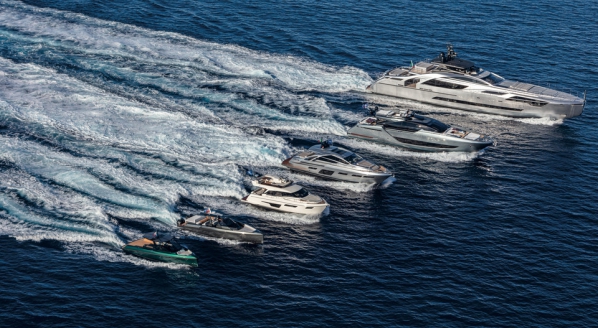
Ferretti Group publishes its first sustainability report
Ferretti Group has formalised its dedication to corporate social responsibility and sustainability
Business
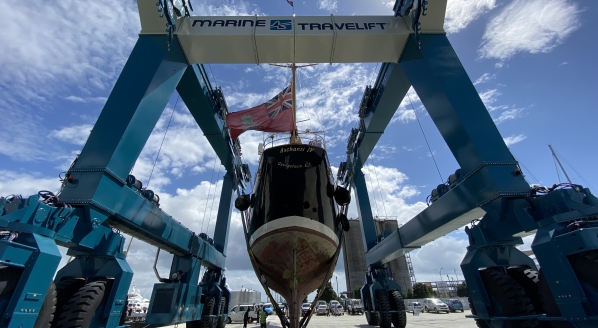
New 820-tonne travel lift operational at Orams Marine
The first vessel has been lifted, marking the start of a new era for superyacht refit in the Pacific
Business
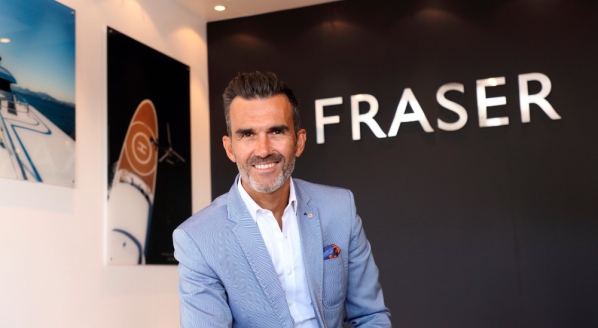
The fight for capacity
With demand for second-hand vessels and charter high, will the market suffer from a lack of capacity in 2021?
Business
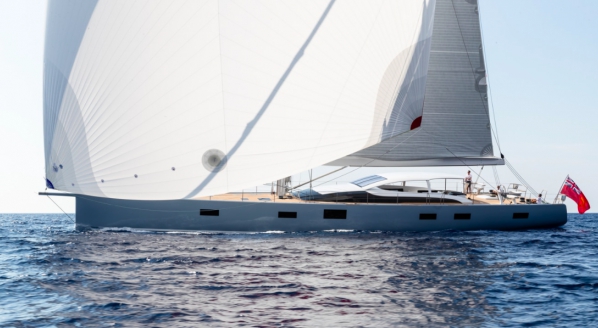
Revolutionising on-board power
Baltic's Kim Kolam and Kenneth Nyfelt explore a more sustainable future for the superyacht industry
Technology
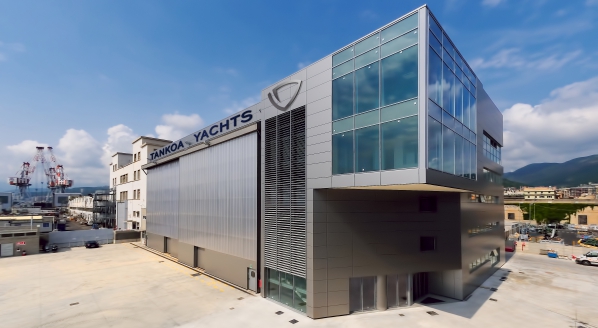
Tankoa to acquire Cantieri di Pisa
Due diligence has begun for the 100 per cent acquisition of the Tuscan shipyard
Business
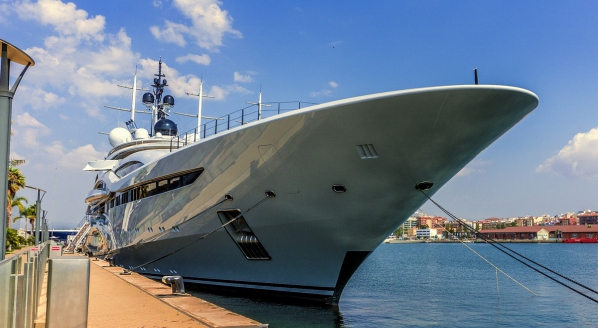
A busy year for new contracts and design
William MacLachlan, partner at HFW, reviews 2020 and looks forward to the year ahead
Business
Related news
The fight for capacity
4 years ago
Revolutionising on-board power
4 years ago
Tankoa to acquire Cantieri di Pisa
4 years ago
A busy year for new contracts and design
4 years ago
NEW: Sign up for
SuperyachtNewsweek!
Get the latest weekly news, in-depth reports, intelligence, and strategic insights, delivered directly from The Superyacht Group's editors and market analysts.
Stay at the forefront of the superyacht industry with SuperyachtNewsweek


